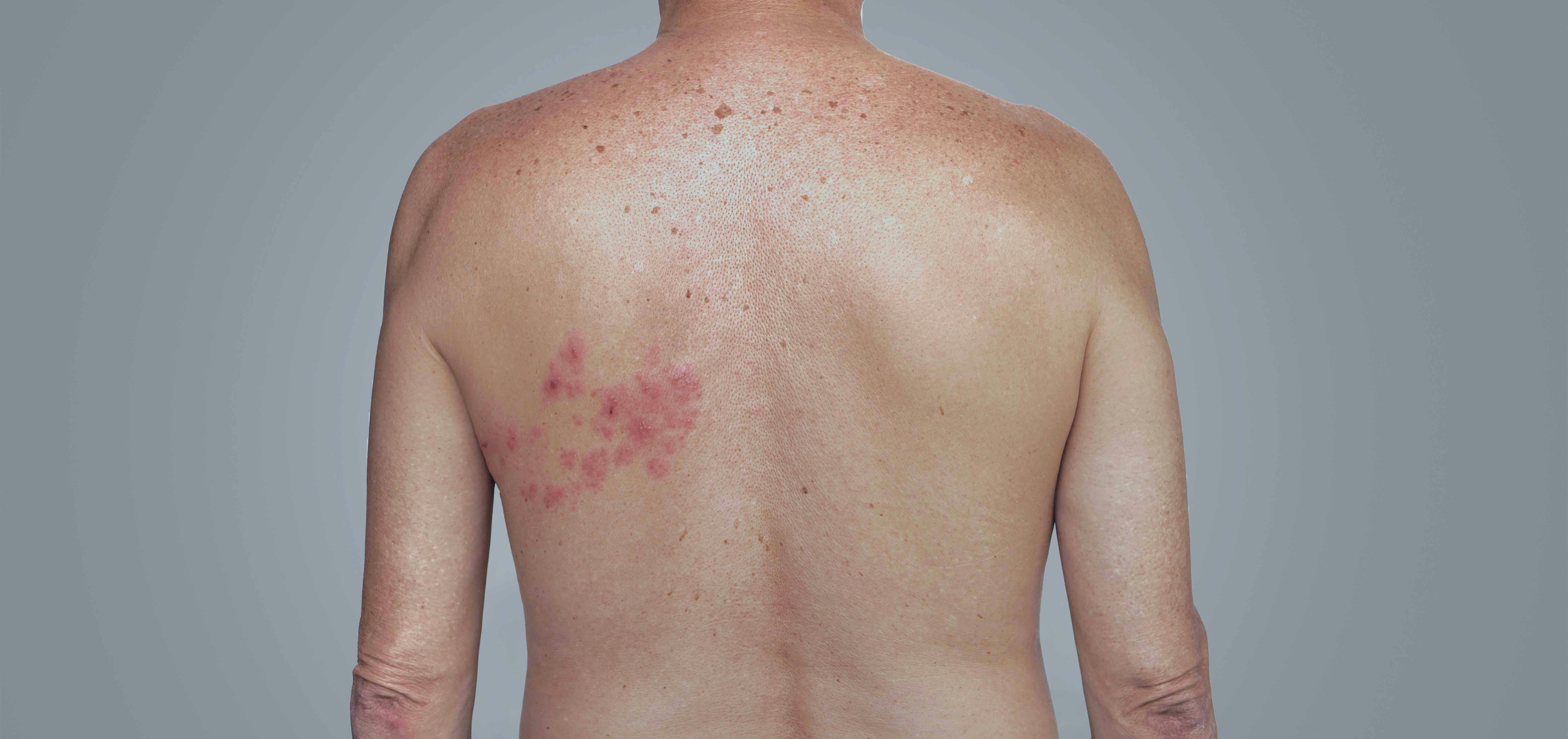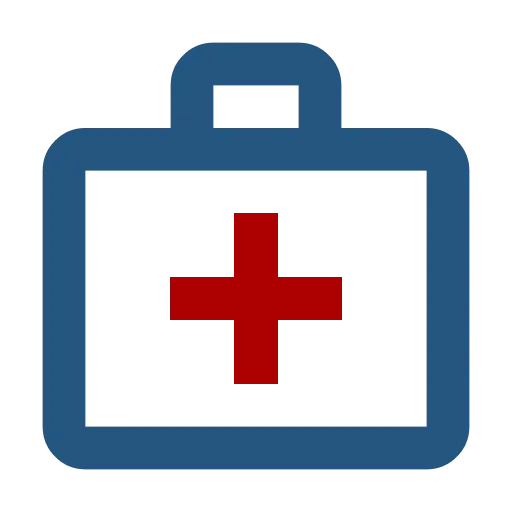Shingles


Introduction
Introduction
Herpes zoster is a neurocutaneous disease that manifests as red spots covered with clusters of vesicles on one side of the chest or face. The rash can be accompanied by pain or burning, sometimes intense. In adults, herpes zoster can occur at any age, but it most commonly affects people over the age of 50.
Pain caused by herpes zoster can sometimes last for several months or even years after the rash has healed, known as postherpetic pain.

Causes
Causes
Herpes zoster occurs due to the reactivation of the varicella virus present in nerve ganglia. Under certain circumstances, the virus can reactivate and spread from the ganglia along the nerves to the skin. Since the nerves on the skin innervate only one side of the body, the affected area with the rash will always be limited to one side of the chest or face.
Any person who has previously had chickenpox can develop herpes zoster. The cause of viral reactivation remains unknown to this day.

Treatment
Treatment
Treatment includes taking pain medication and antiviral drugs. The chickenpox vaccine for children or the shingles vaccine for adults can reduce the risk of developing shingles. To be effective, antiviral drugs need to be taken as soon as possible after the appearance of the rash.

Attention
Attention
This disease can be dangerous for people with weakened immune systems, such as those undergoing chemotherapy for cancer.
A person with shingles should avoid any contact with pregnant women, as, if they have not had chickenpox, the infection could have serious consequences for their fetus.

To learn more
To learn more
On the Planète santé website, you can find more articles about shingles and the shingles vaccine. The first article, simply titled Shingles, is a comprehensive overview of the disease, the second article provides more information on complications and the need for early treatment, while the last article discusses the shingles vaccine.